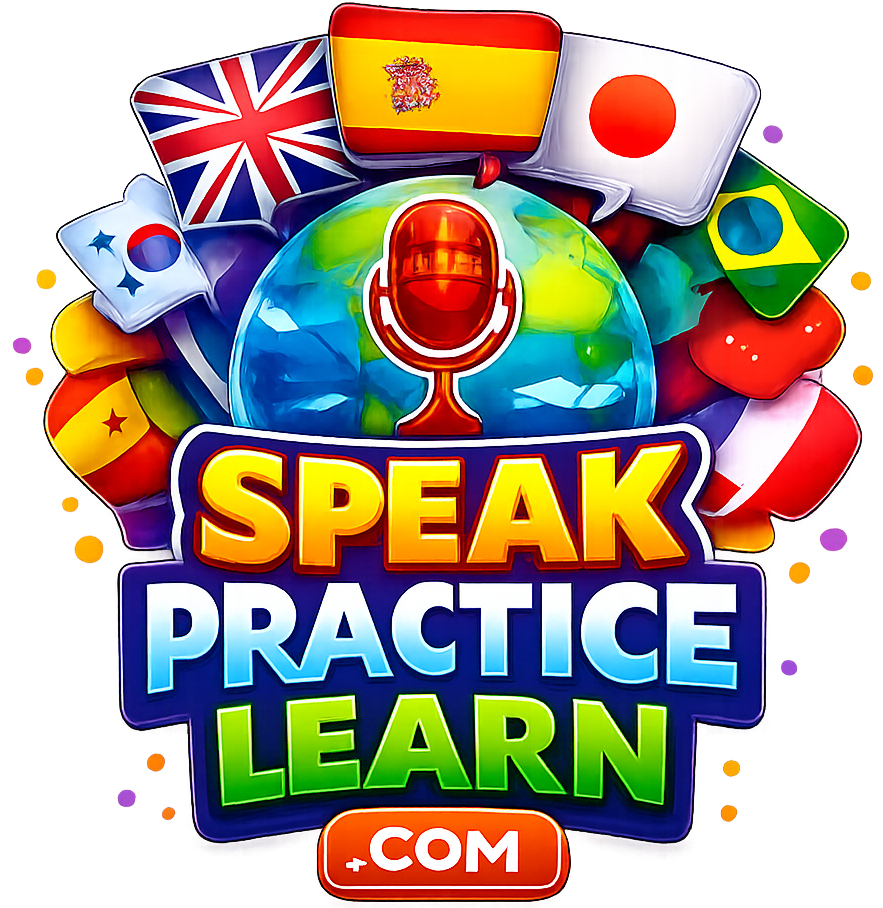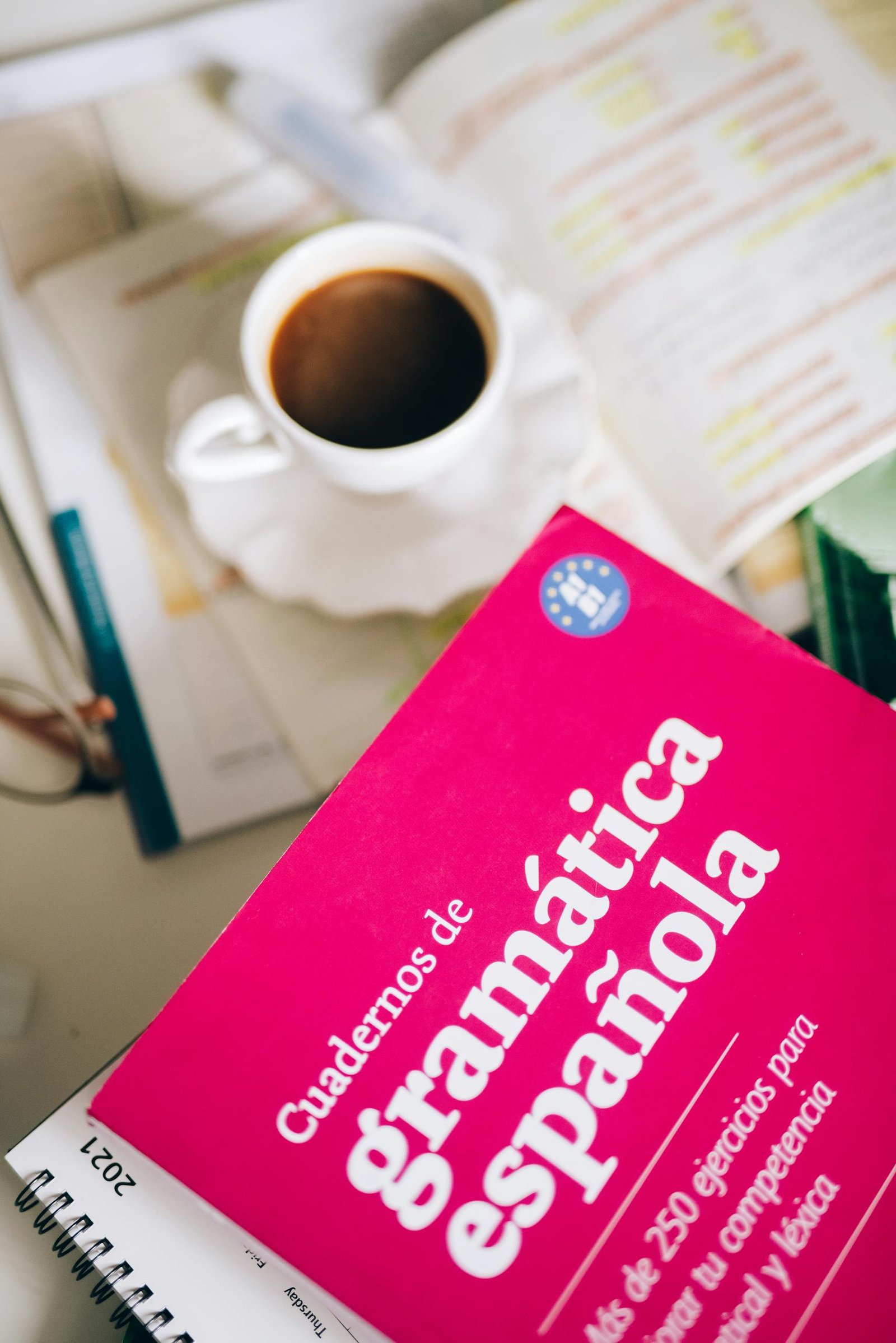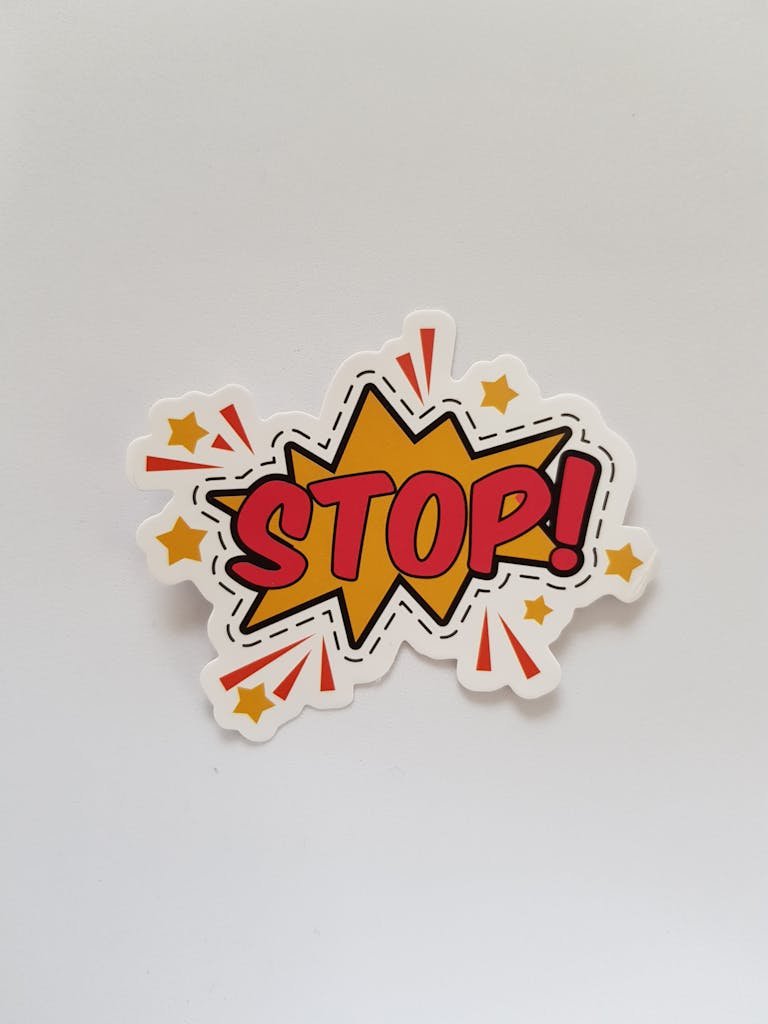10 Real-Life Phrases Native Speakers Use (That Textbooks Don’t Teach)
10 Real-Life Phrases Native Speakers Use (That Textbooks Don’t Teach)
Learning from textbooks can give you a solid foundation, but real-life conversations are where the true language lives. Native speakers often use expressions, slang, and casual phrases that rarely make it into grammar books. If you want to sound natural and blend in during real conversations, start adding these ten real-life phrases to your daily practice.
1. “No worries.”
Instead of saying “It’s okay” or “That’s fine,” native speakers often say “No worries.”
It’s casual, friendly, and works in almost any situation — from bumping into someone to forgiving a small mistake.
Example:
“Sorry I’m late!”
“No worries, I just got here too.”
Cultural Insight: Very common in Australia, the UK, and the U.S. It gives off a relaxed, friendly vibe.
Practice Prompt: Try using “no worries” the next time someone apologizes to you — even in text messages.
2. “I’m down.”
This means “I agree” or “I’m in.” It’s common in casual conversations when making plans.
Example:
“Wanna grab lunch later?”
“I’m down!”
Cultural Insight: Popular in American English. Younger speakers use it often when agreeing to social plans.
Practice Prompt: Write three sentences using “I’m down” to respond to invitations.
3. “You bet.”
A short, confident way to say “Absolutely!” or “Of course.”
Example:
“Thanks for helping me out.”
“You bet!”
Cultural Insight: Friendly and polite, often used in the U.S. Midwest. It can sound warm and reassuring.
Practice Prompt: Record yourself saying “you bet!” with different tones — friendly, excited, or confident.
4. “I get it.”
Textbooks might teach “I understand,” but native speakers often say “I get it” to sound more natural.
Example:
“You’re frustrated because the app keeps crashing? Yeah, I get it.”
Cultural Insight: Common in both American and British English; it conveys empathy and understanding.
Practice Prompt: In your next language exchange, use “I get it” instead of “I understand” when listening.
5. “Kinda” / “Sorta”
These are relaxed ways of saying “kind of” or “sort of.” You’ll hear them in daily speech, not in formal writing.
Example:
“Do you like sushi?”
“Kinda — but only the cooked stuff.”
Cultural Insight: Very informal — mostly spoken, rarely written. You’ll hear these in everyday conversations, TV shows, and movies.
Practice Prompt: Try using “kinda” when describing how you feel — “I’m kinda tired,” “I kinda like it.”
6. “That’s on me.”
This means “I’ll take responsibility” or “I’ll pay for it.”
Example 1 (Responsibility):
“Oh, I forgot to send that file — that’s on me.”
Example 2 (Paying):
“Don’t worry about the check, that’s on me.”
Cultural Insight: Common in workplaces and restaurants. Tone matters — serious for responsibility, casual for paying.
Practice Prompt: Think of two scenarios — one where you made a mistake, and one where you’re treating a friend. Use “That’s on me” in both.
7. “I’m all ears.”
A friendly way to show you’re ready to listen.
Example:
“Can I tell you something?”
“Of course — I’m all ears.”
8. “Hit me up.”
Means “Contact me” or “Message me.” It’s used among friends and coworkers in casual settings.
Example:
“Hit me up if you want to study together later.”
9. “No big deal.”
A way to tell someone that something isn’t serious or worth worrying about.
Example:
“I spilled a little water on your desk.”
“No big deal.”
10. “You nailed it!”
Means “You did it perfectly!” or “Great job!”
Example:
“Your pronunciation was perfect — you nailed it!”
Comparison Table: Textbook vs Real-Life Phrases
| Textbook Phrase | Real-Life Phrase | When to Use |
|---|---|---|
| It’s okay | No worries | After a small mistake |
| I understand | I get it | Casual conversation |
| I agree | I’m down | Making plans |
| Of course | You bet | Friendly confirmation |
| Kind of | Kinda / Sorta | Informal speech |
| It’s my fault | That’s on me | Taking responsibility |
| I’m listening | I’m all ears | Showing attention |
| Contact me | Hit me up | Casual messaging |
FAQ
1. Can I use these phrases in professional situations?
Some, like “I get it” or “That’s on me,” are fine in work settings. Others, like “Hit me up” or “I’m down,” are best for casual conversations.
2. What’s the difference between slang and casual English?
Slang is often specific to certain groups or regions, while casual English includes everyday expressions most native speakers understand.
3. How can I remember these phrases naturally?
Use them in your daily journaling, text messages, or language exchanges. Repetition in real-life contexts helps you internalize them faster.
4. Can I use “kinda” and “sorta” in writing?
Only in informal settings like chats or social media — avoid them in essays or professional emails.
Final Tip
To sound fluent, focus on how people talk, not just what they say. These phrases will help you sound more relaxed, confident, and natural — just like a native speaker.







